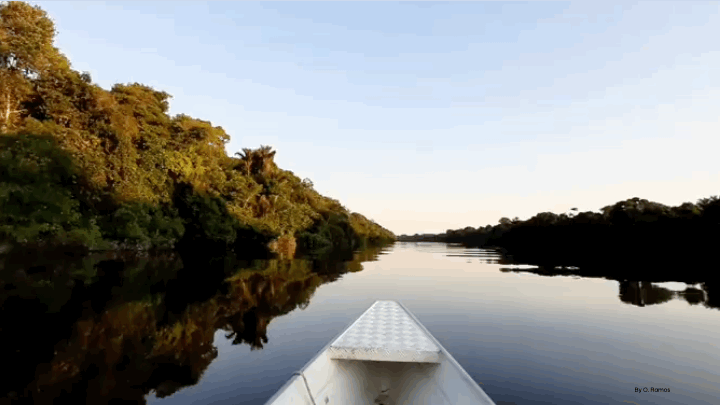
Designer’s [virtual] journey through the Brazilian Amazon
Graduation Project in collaboration with Foundation for Amazon Sustainability - FAS
MOTIVATION
Graduation Project in Strategic Product Design at TU Delft, The Netherlands
Title: Embedding Design Practices in a Non-profit Foundation for the Brazilian Amazon Rainforest Download thesis
Client: Foundation for Amazon Sustainability - FAS, Brazil
Completed in 5 months - 2021
Grade 9/10
SUPERVISORS
Peter Lloyd and Sine Celik - TU Delft
Leticia Cobello and Gabriela Sampaio - FAS
This project presents the journey of embedding design practices in the Foundation for Amazon Sustainability (FAS), a non-profit organisation that works in 16 Protected Areas for Sustainable Use and Manaus city, in the northern region of Brazil. FAS improves people’s quality of life by enhancing the socio-economic benefits of the forest and its biodiversity by disseminating sustainable practices and empowering local communities.
Get a glimpse of Brazil's northern region through the pictures taken by Zé Adalberto.

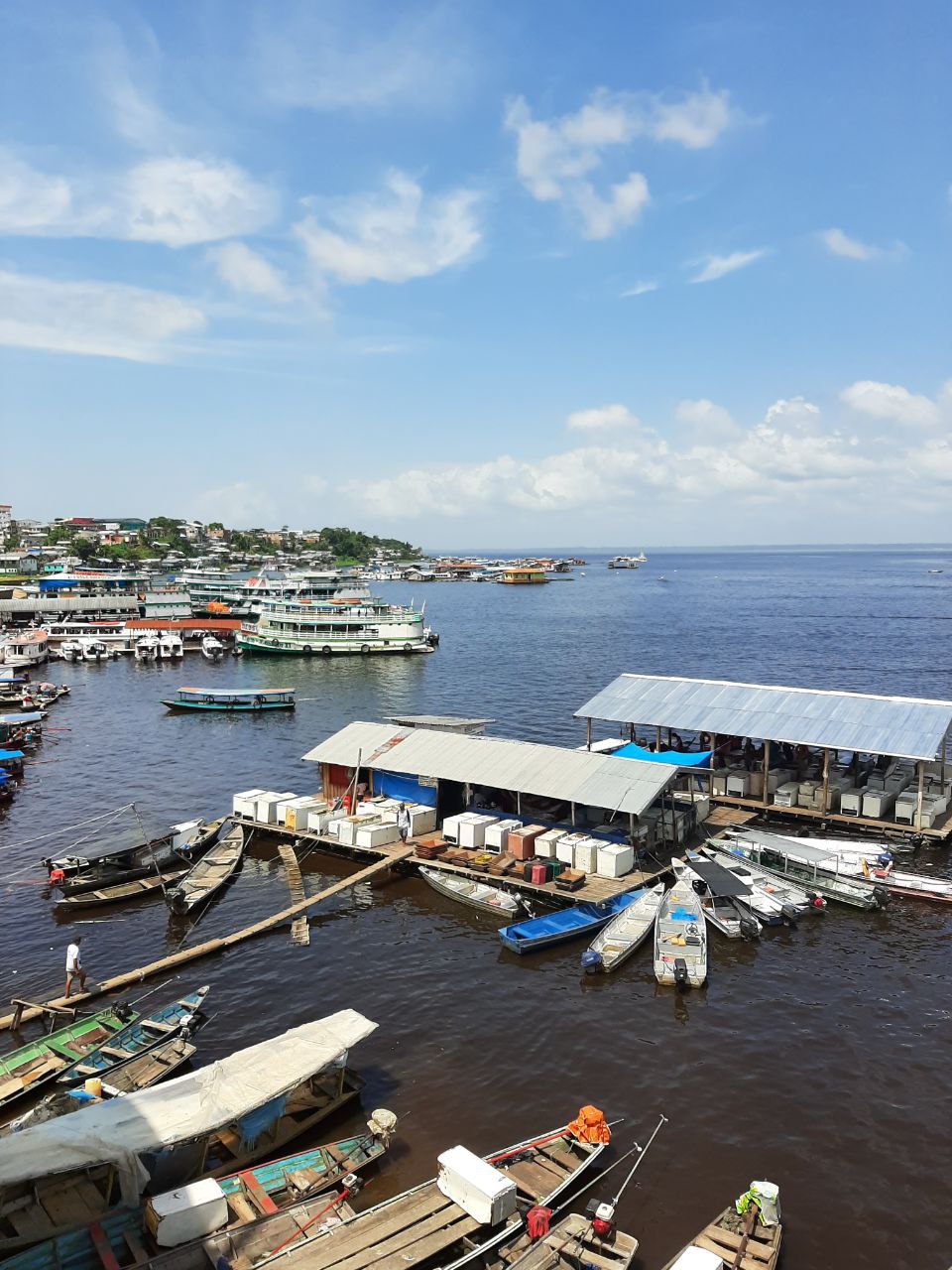
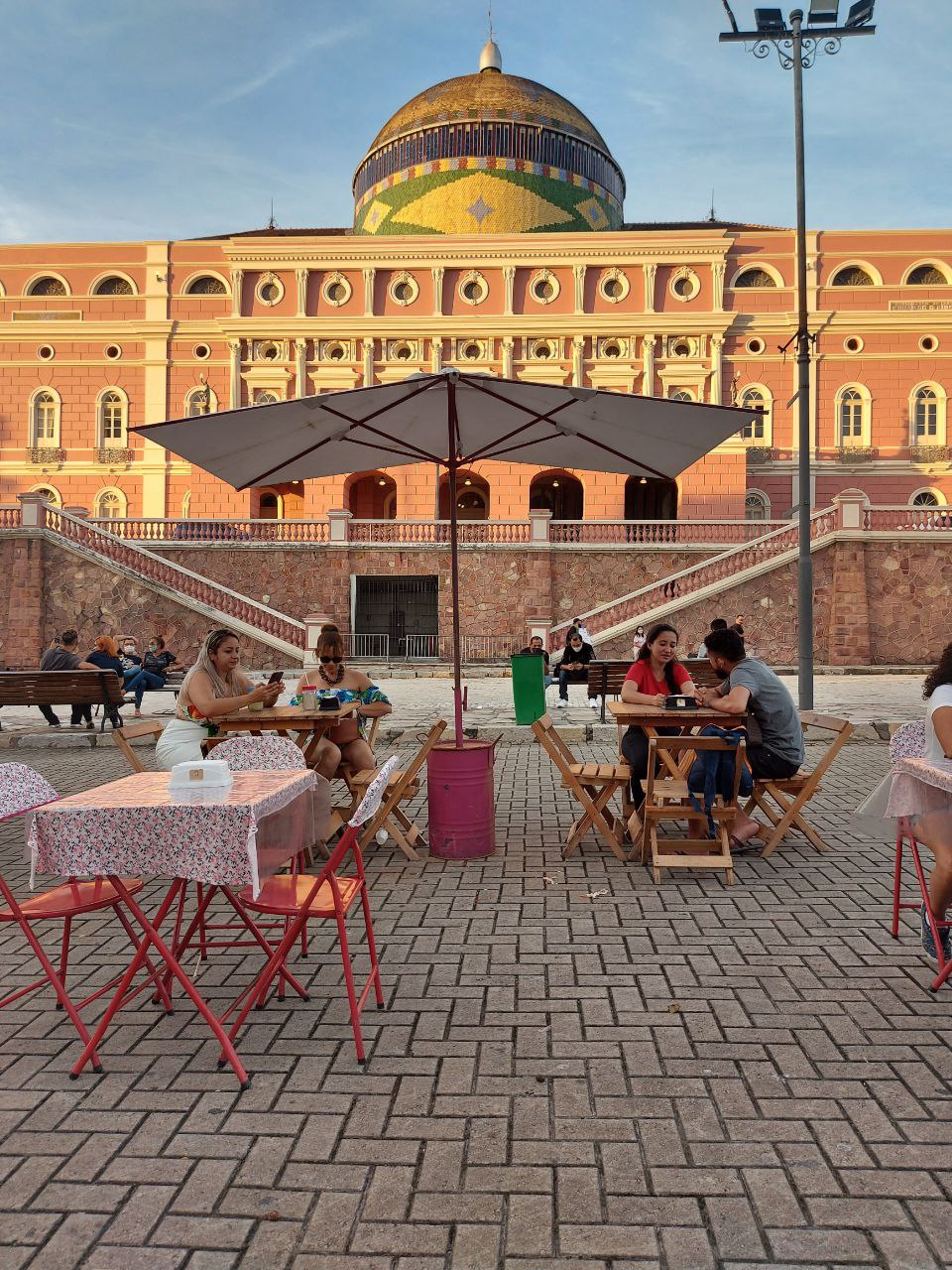

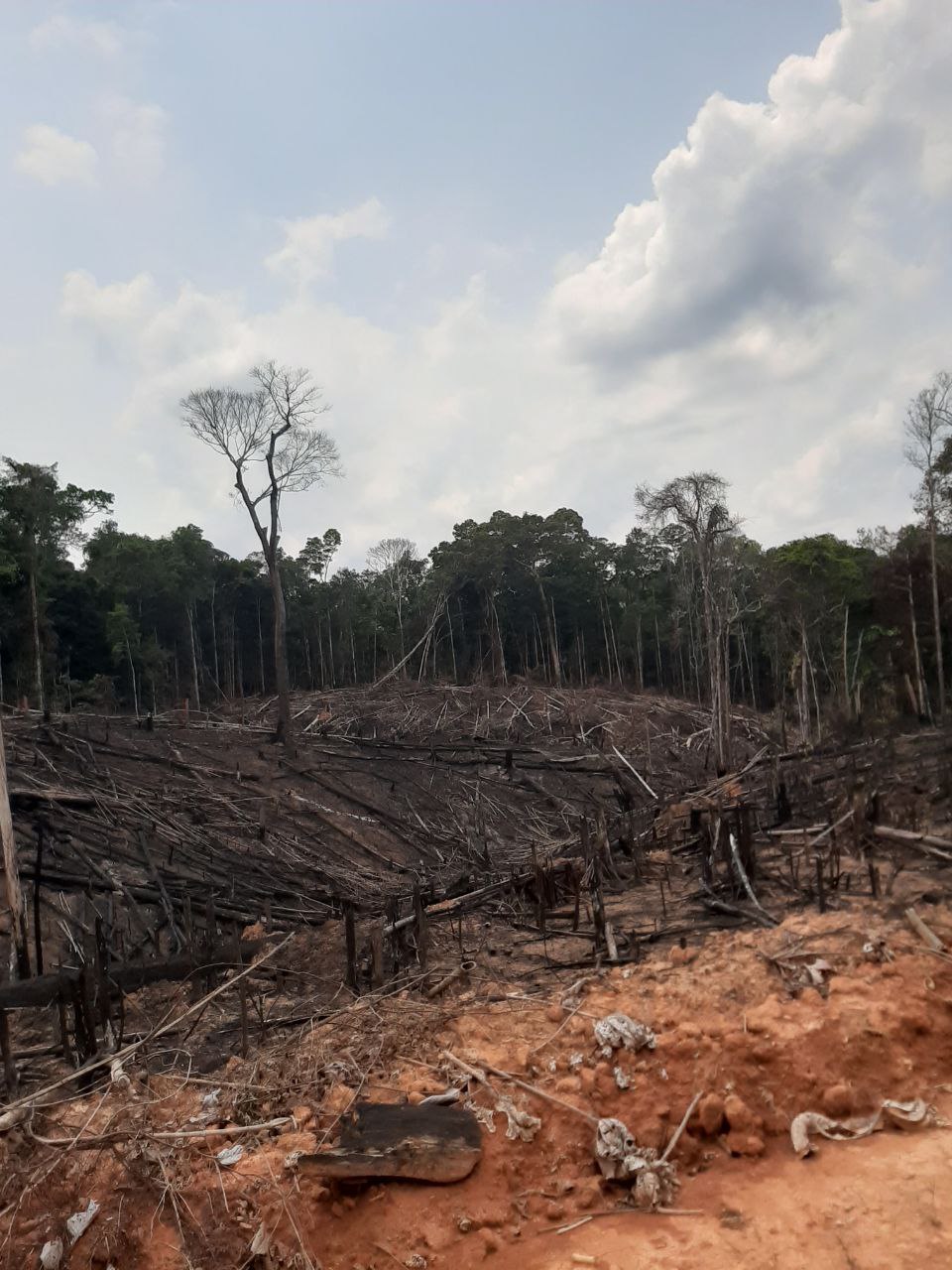
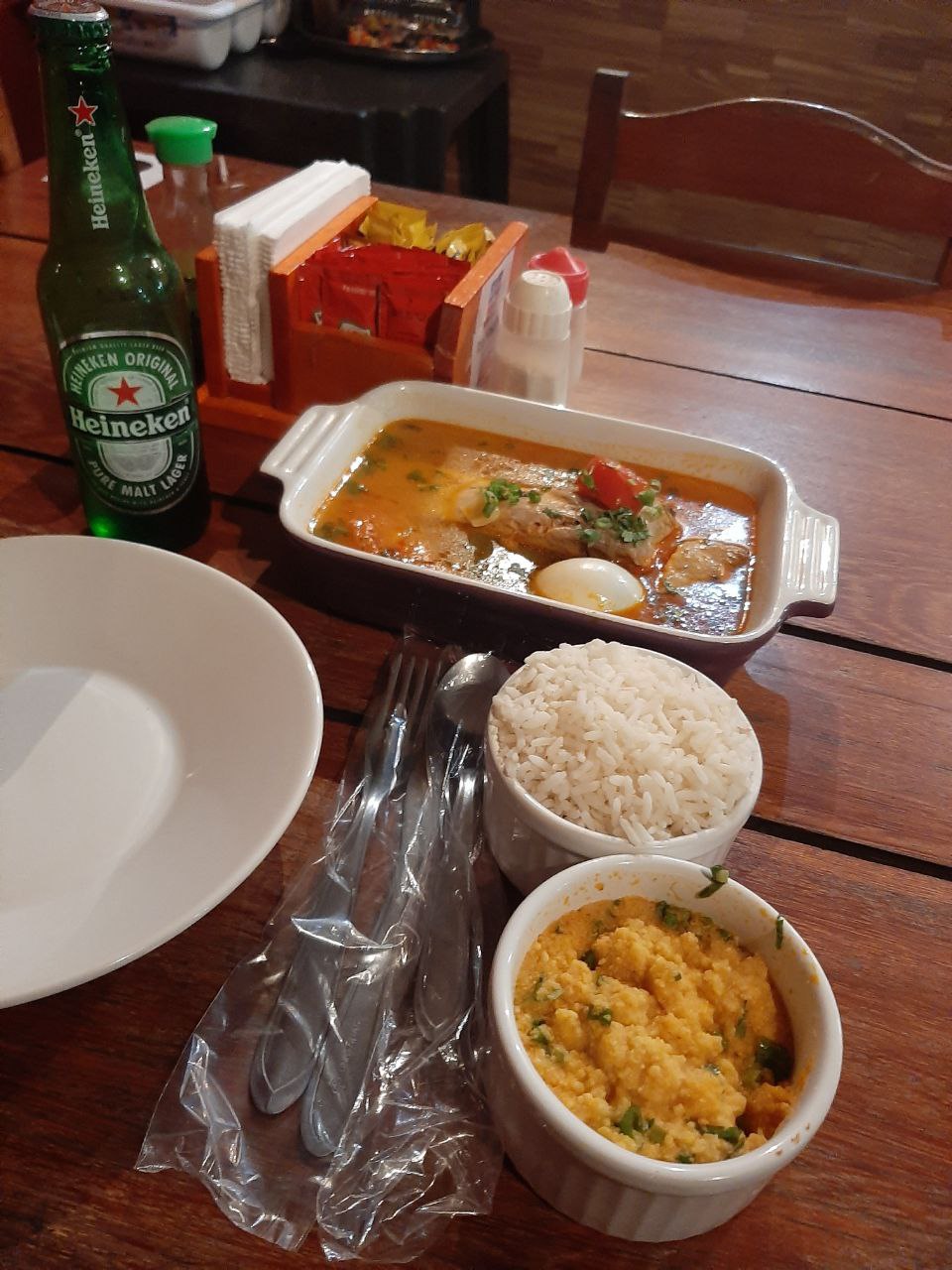
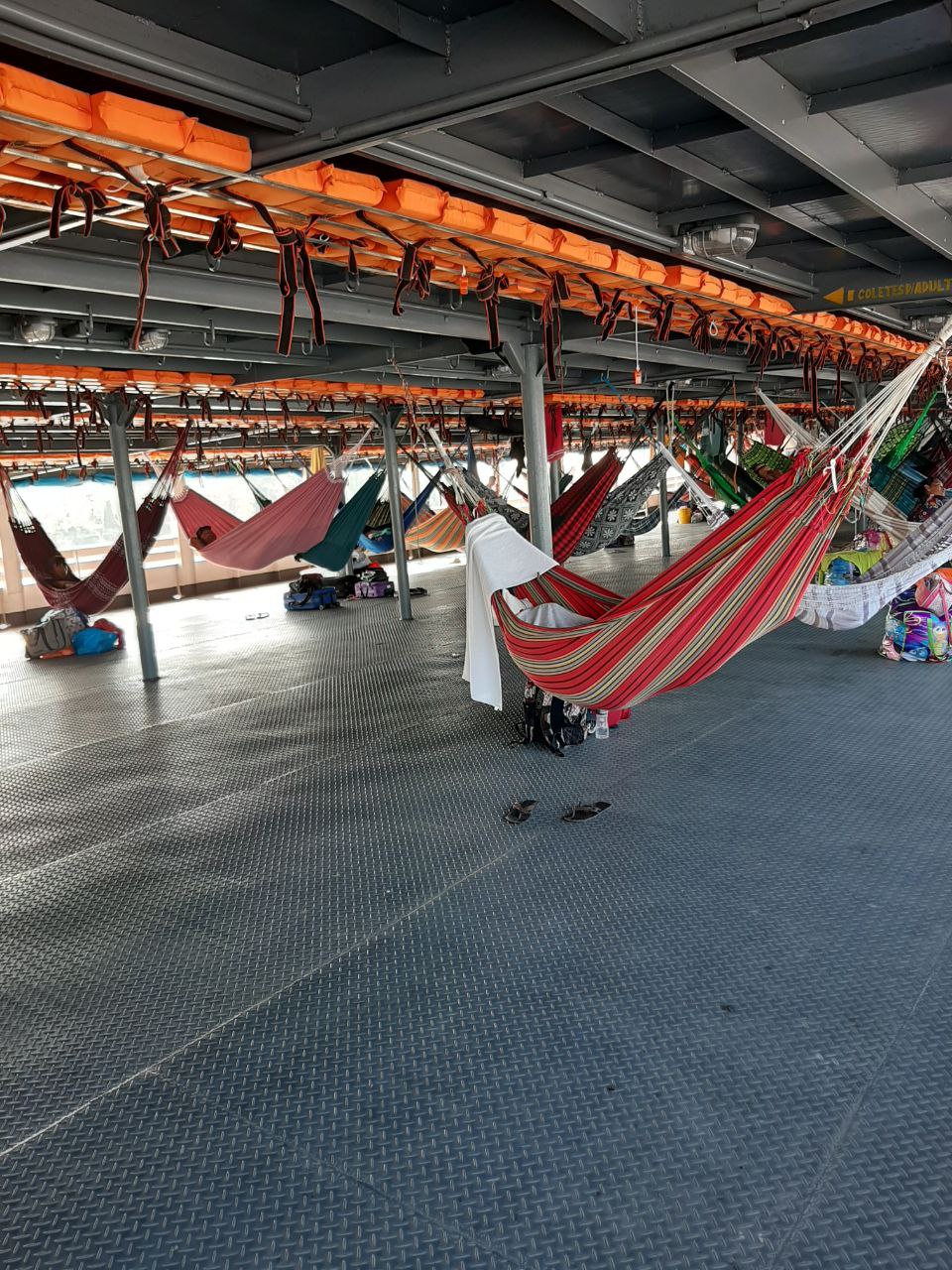
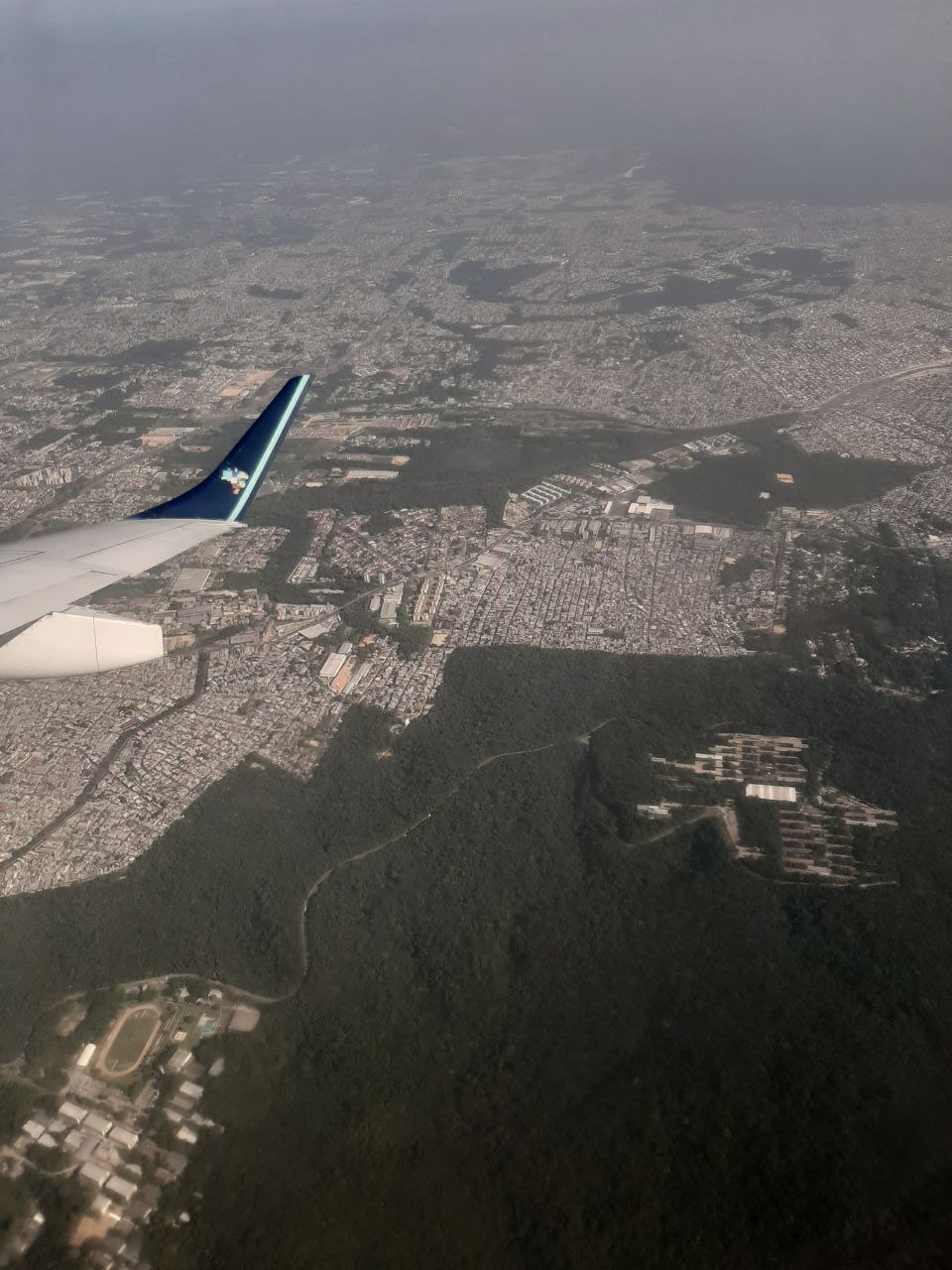

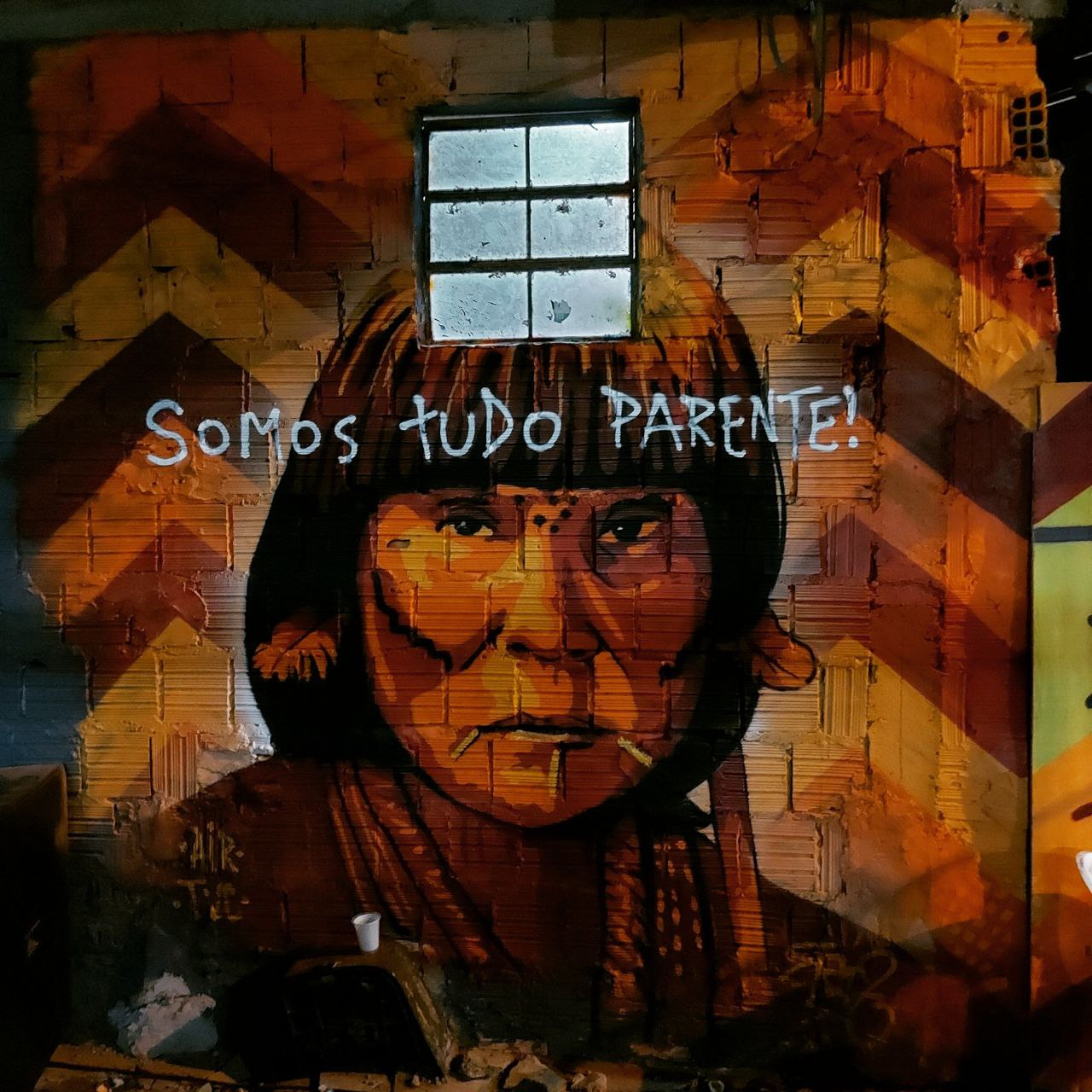
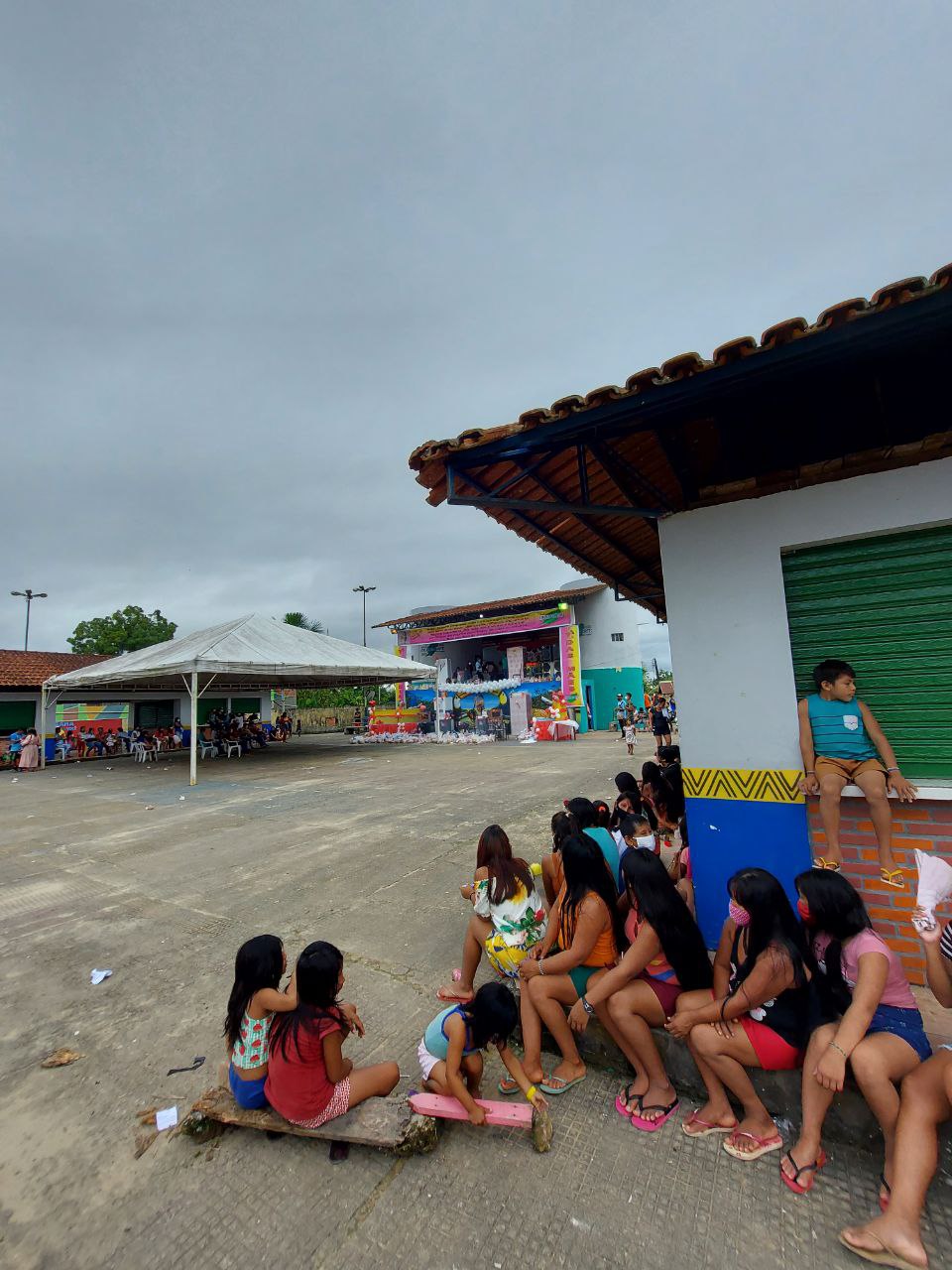

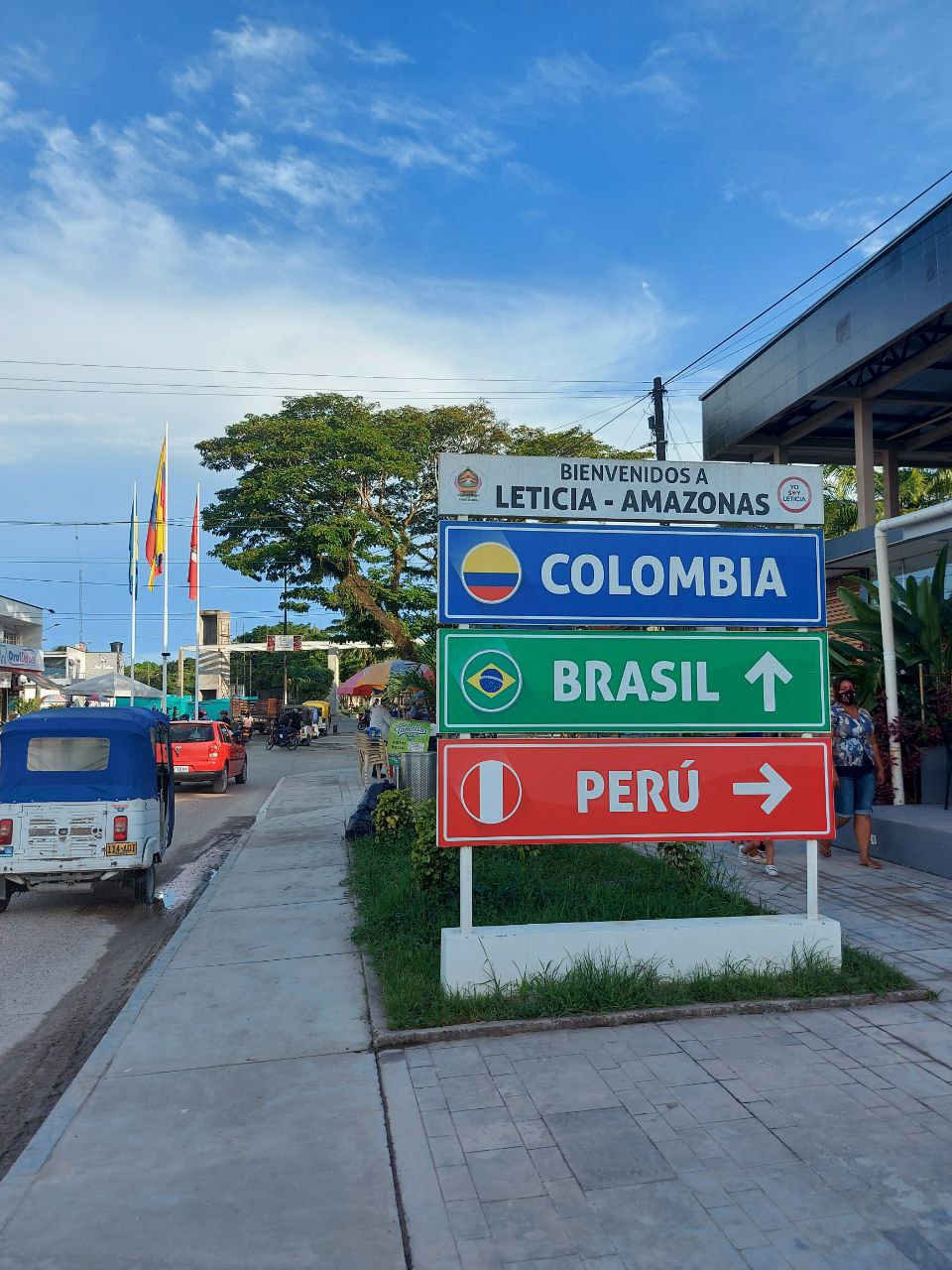
Briefing
The project briefing came from the FAS Public Policy team responsible for influencing and supporting the formulation of policies at the state, municipal and federal level.
Project Approach
Process & Principles
Four overlapping spaces define the project process approach and navigation between these spaces changes in each stream of the project.
Collaboration, visual communication and experimentation are the design principles emphasised along the project journey.
Streams
The project unfolds in two streams, the first supporting FAS Public Policy team and the second disseminating designerly thinking and methods among the organisation.
FAS core team
Besides myself, the project team was formed by three members from the FAS Public Policy Agenda and three from other projects under the Innovative Solutions Department.
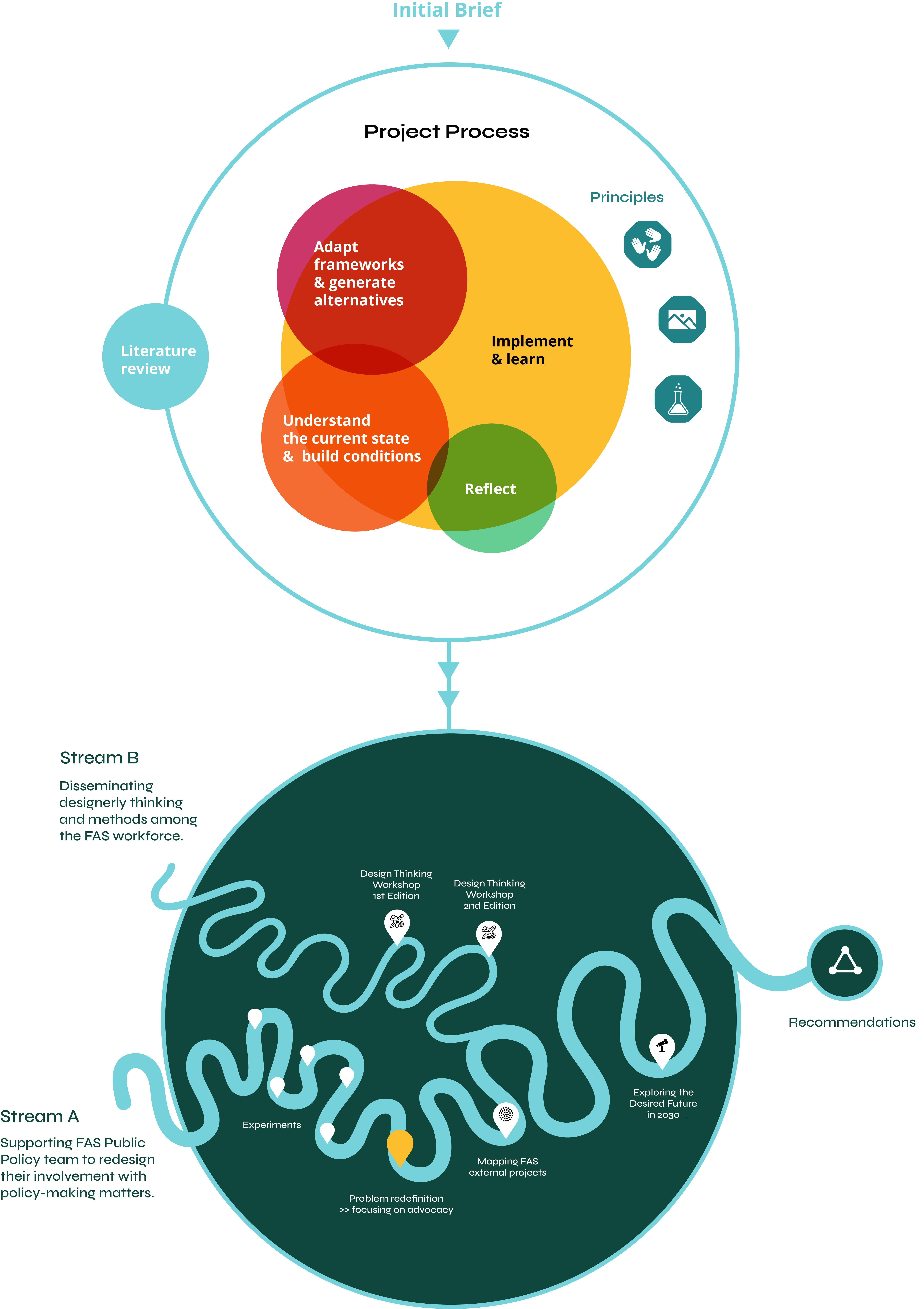
Literature Review
Key Takeaways
Design for Policy
Governments do not understand citizen’s experience; Design brings comprehension of what citizens genuinely experience in their daily lives.
Uncovering people’s needs, visualising, ideating and prototyping can support innovation in policy-making.
Design Value for Organisations
Adopting design practices influences the organisational culture.
Non-profit organisations benefit from integrating design not only by generating economic results but also meeting the societal needs intended.
Stream A
Early Experiments
“The expectation from experimentation is not necessarily success, but learning from practice.” (Christiansen and Bunt, 2016)
Goal
Experiments do not hold the pressure of finding the correct format and answers in the first intent, but to play, create bonds with the FAS core team and learn from those experiences.
Outcomes
The experiments supported the understanding of organisational culture and the interconnectivity of the Public Policy Agenda with FAS projects.
The organisation has strong bonds with the communities; and has concerns about how to expand their projects and territory without imposing their views on the communities;
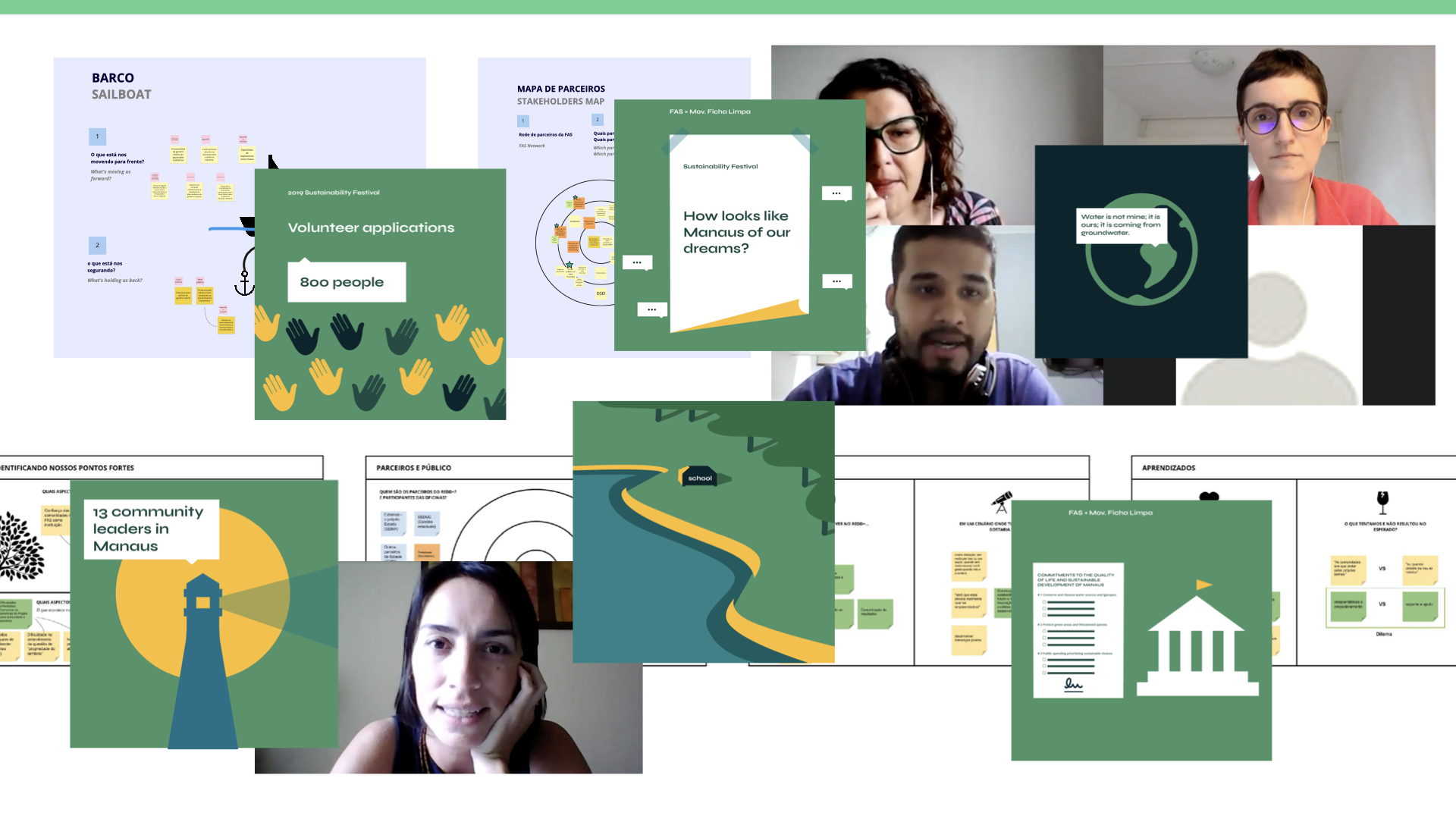
Redefined Problem
Experiments revealed multiple issues, however Identify what problems to tackle first was the most laborious and difficult decision-making point. The pressing need chosen was related to advocacy. Then, the stream of activities that started supporting FAS on policy-making processes from now on focuses on exploring how to create an advocacy vision that can later be the inspiration for a strategy with milestones and clear goals.
Stream A
Co-creating an Advocacy Vision
Advocacy practice seeks long-term changes on a systems level, follows a fluid process, and it involves multiple stakeholders. Civil society organisations, especially in the development field, play an essential role in amplifying the voices of people in vulnerable conditions and by bringing evidence to policy-makers.
Goal
Introduce design practices to initiate a process to build an advocacy vision for FAS.
Process
Initially two scenarios were proposed, Scenario A considers maximum availability of the organisation to join co-creative sessions, including staff that work in the field from different departments, Program Managers and C-level Managers. The Scenario B (chosen) considers limited availability and the timeframe restrictions of the current graduation project.
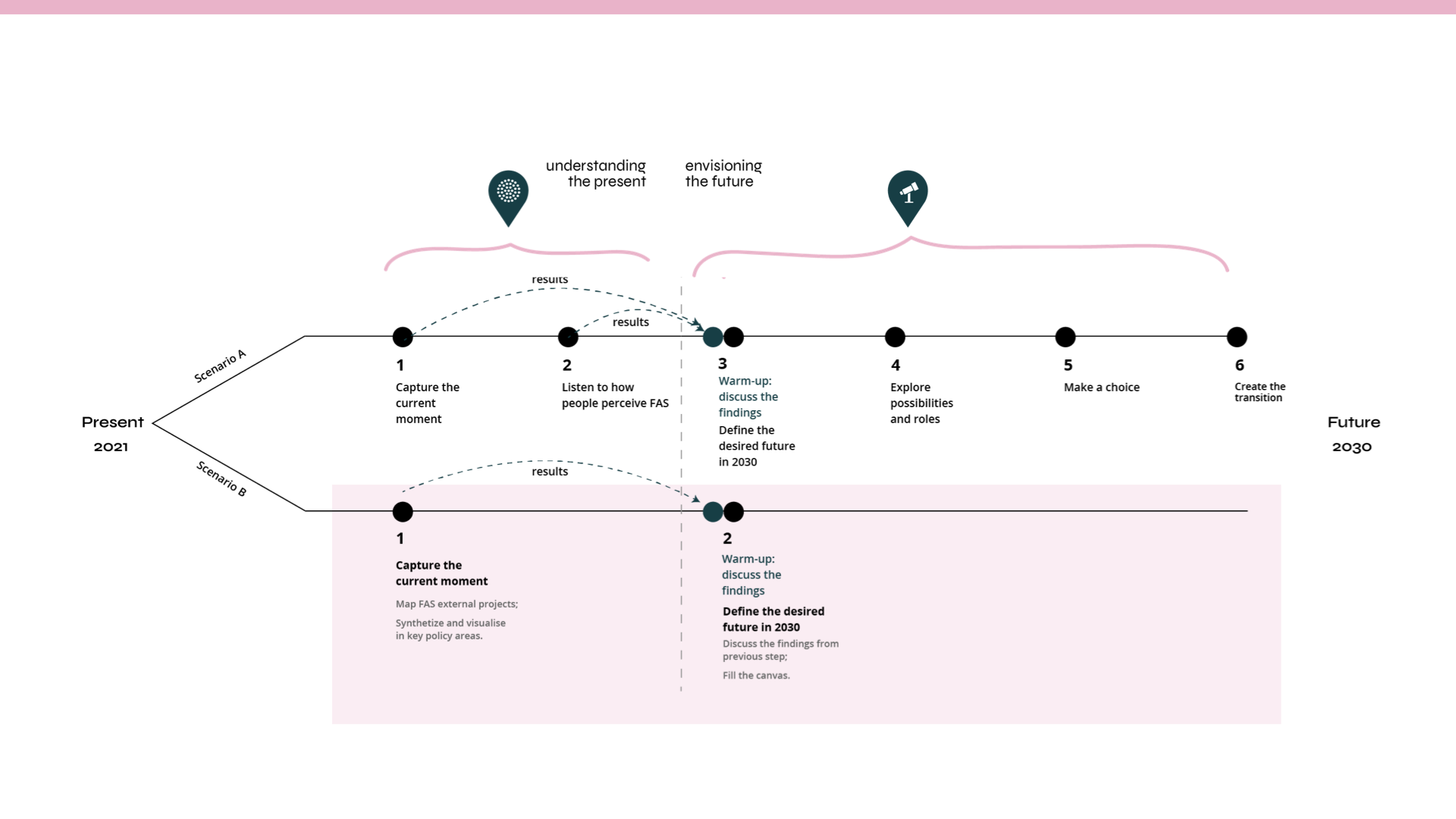
Activities
Mapping External FAS Projects
How to create a vision without having a clear picture of the present? The mapping intends to give an overview of how the organisation activities relate to policy-making themes.
To collect the information, a form was sent to the FAS workforce, later analysed and translated into a visualisation to make the connections between projects and themes more evident and easy to read. The mapping FAS project revealed the strong connections of FAS projects with Education & Citizenship and served as the basis for the next activity.
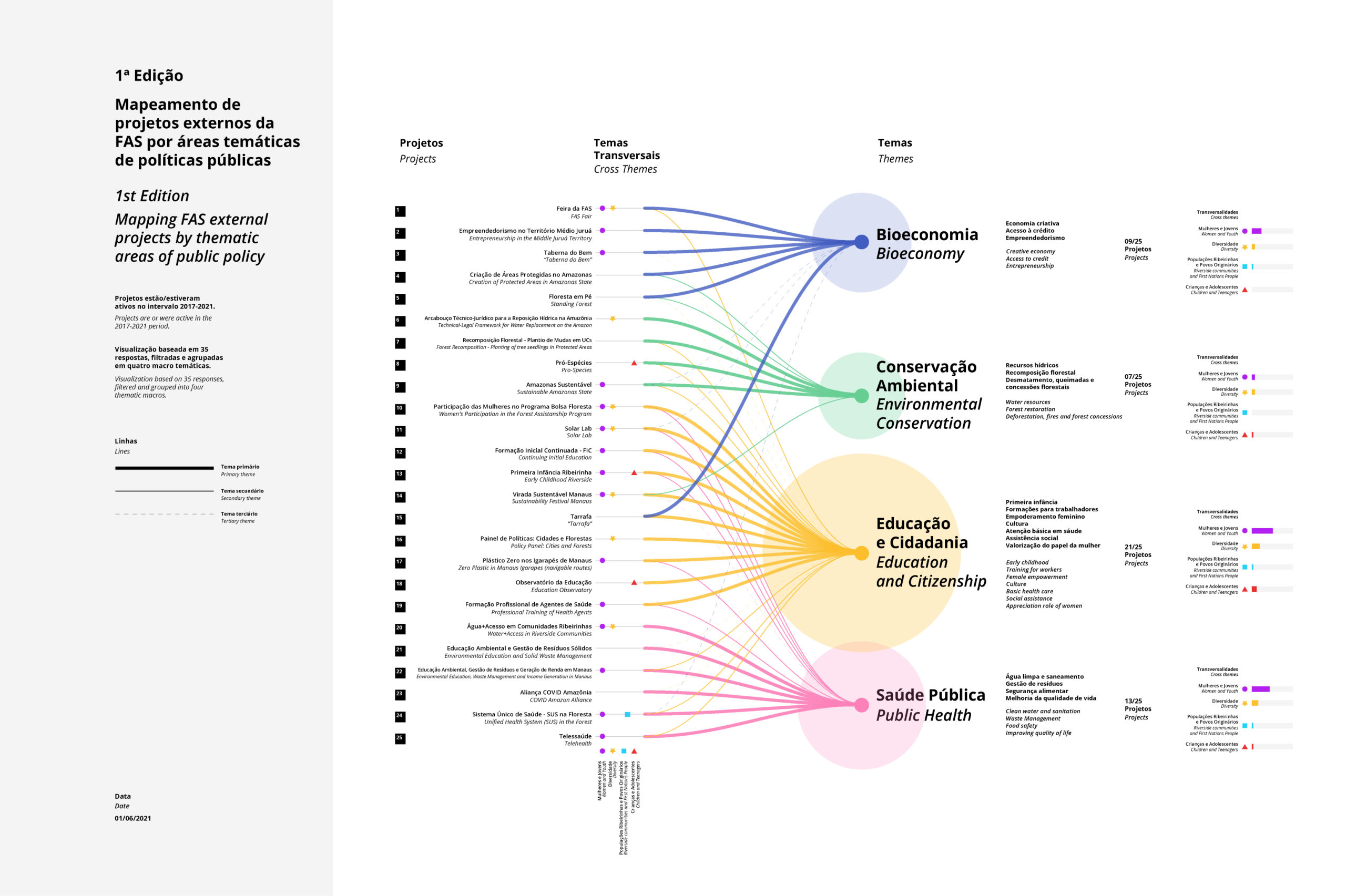
Imagining the Desired Future in 2030
The second step is to trigger discussions on how the desired future looks like, specifically on the topic of FAS public policy involvement. Sessions with FAS Managers were organised that started with a discussion about the mapping results and then moved to fill the Desired Future Canvas.
Outcomes
The co-creation advocacy vision raised questions concerning present vs future thematic areas and FAS role. Involving other departments and C-level Managers contributed to expanding the Public Policy team initial conception of thematic areas. Unfortunately, the vision creation has not finished in the project’s timeframe. However, it started relevant discussions among the Public Policy team and the management level and indicated methods to support this process.
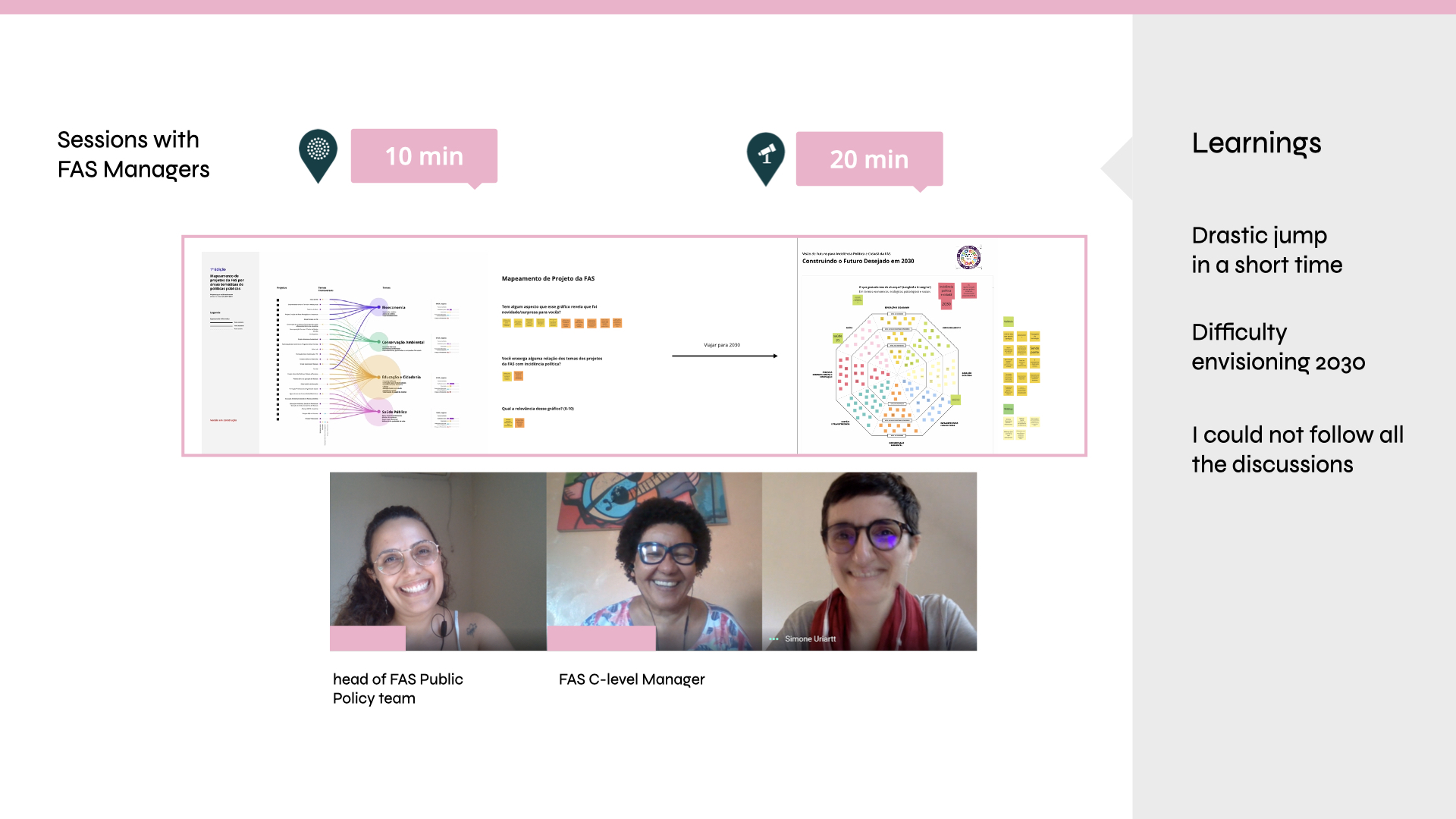
Stream B
Design Thinking Training
Goal & Workshop Structure
By offering DT workshops, the aim is to support the FAS core team to become more familiarised with the process and methods that the project is applying to redesign their involvement with policy-making matters. Moreover, opening the workshops to people beyond the team involved would make the learning experience more engaging and interactive for participants (38 participants joined in total).
"We are all designers" workshop presents and gives a hands-on experience in three design mindsets: Human-centredness, Experimentation and Problem Reframing. It finishes with a group reflection.
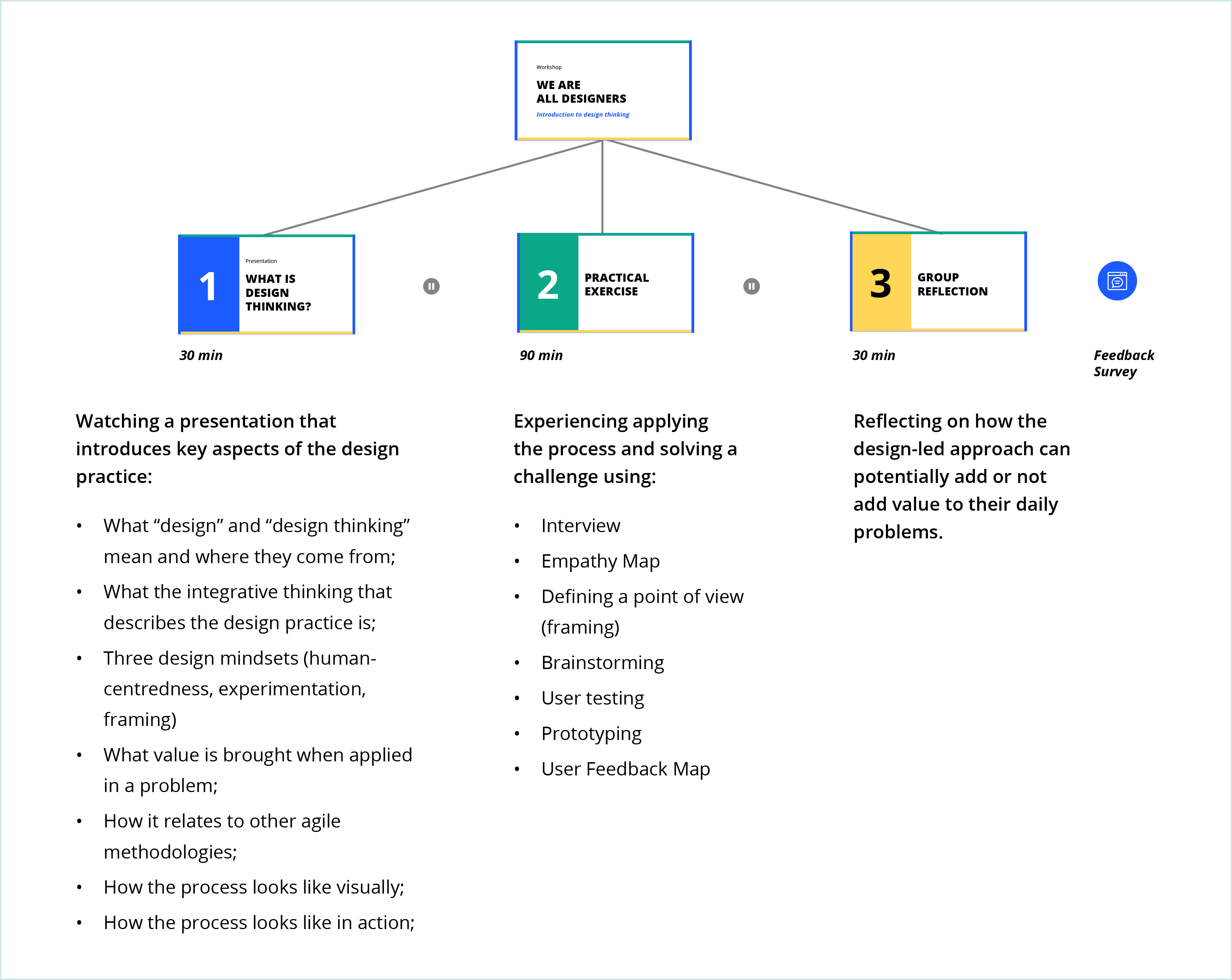
Participants' Reflection
The value of design thinking: a touch of scepticism
“I have to confess that I have a little prejudice with design thinking, ‘‘Dragon Dreaming’ and all the new tools that are emerging because I might be wrong, but they claim to be the solution to all the problems.” - Participant D1
“I think it was really cool, I think I had never experienced having a practical activity of design thinking; it was something that I was very curious about, but it’s like Theory U, I always I have seen a lot in the concept part and asked myself how the application looks like.” - Participant E2
These two reactions underline that disseminating design thinking needs to be presented realistic and transparent about what outcomes it can support to achieve and their limitations. Also, it indicates the difficulty of design experts in translating a process that includes intangible elements into an actionable and relatable process for non-designers, emphasizing the importance of a practical experience to understand better how it works.
Human-centredness - a consensus that adds value
“Because I think that everyone here promotes services to people. So, what caught my attention was, it was precisely to identify a need that the participant M2 himself did not know he had. […] And that I see, reflecting a lot in the public that FAS attends, sometimes they may not be realising the greatest deficiency or the greatest need for something. Through this process, we can get there and find out what they do not even know and thus be efficient and effective in our work.” - Participant C2
The reflection of this participant revealed that giving more attention, time and support to listening and discovering the needs of the communities that FAS is delivering services can make the organisation provide better services.
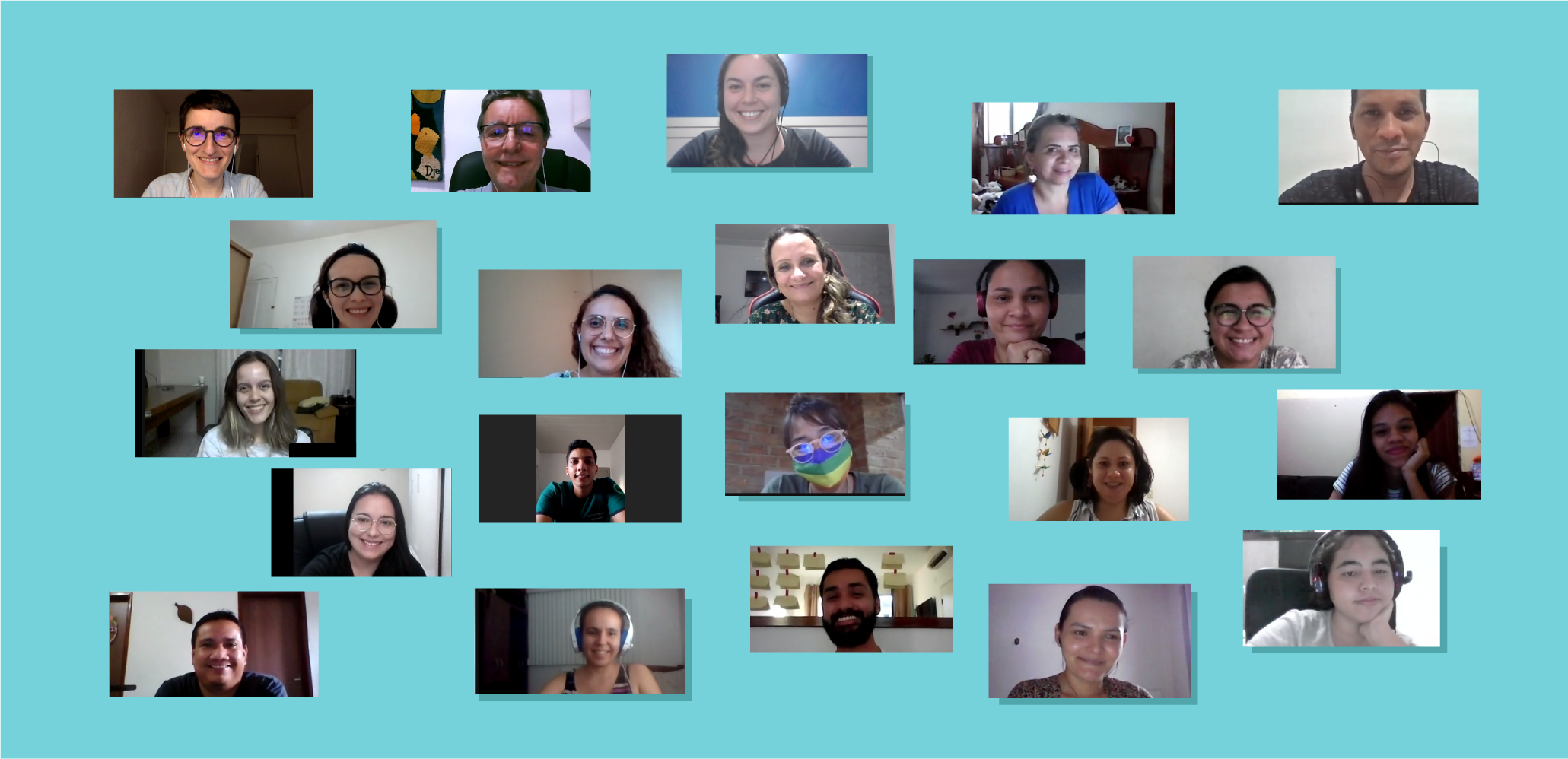
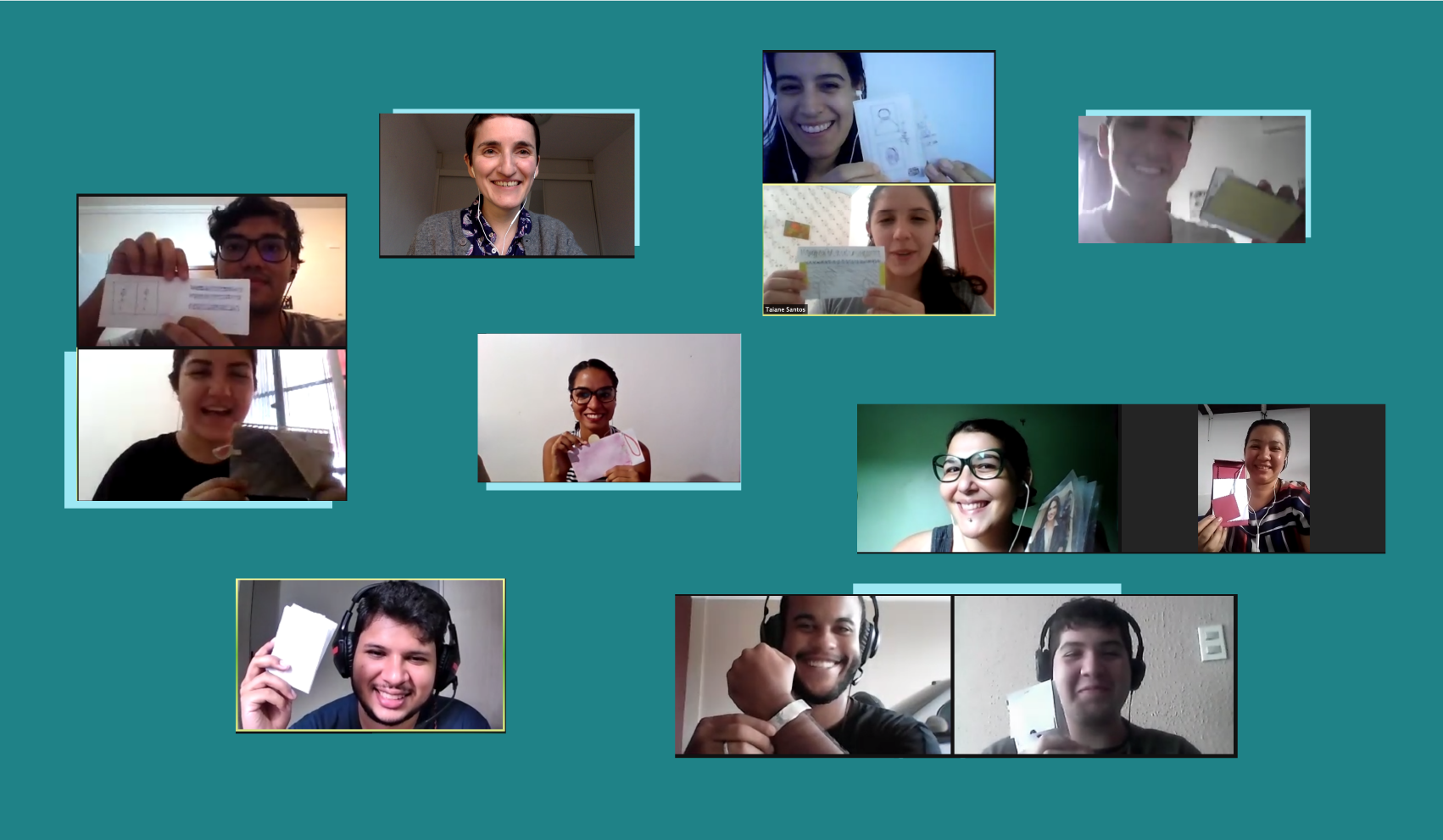
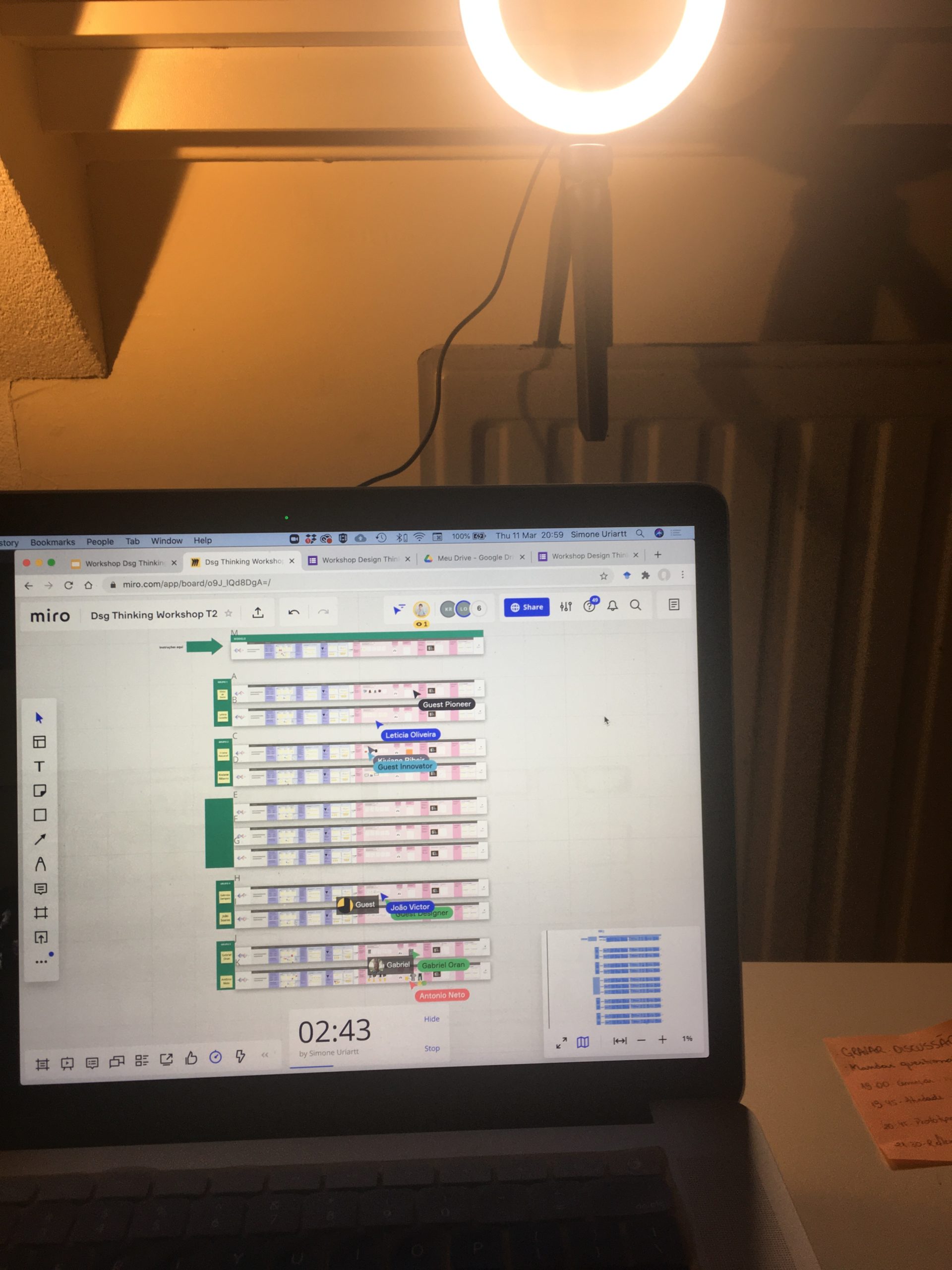

Recommendations
for FAS
An organisation is a living organism that evolves and changes. Design practices support these changes to occur when rethinking how the organisation operates and takes strategic decisions. According to Junginger (2017), it is not enough to design solutions around people’s capabilities because they might not use an emergency button due to another individual, social or cultural matters. For this reason, the incorporation of design practices needs a set of enablers.
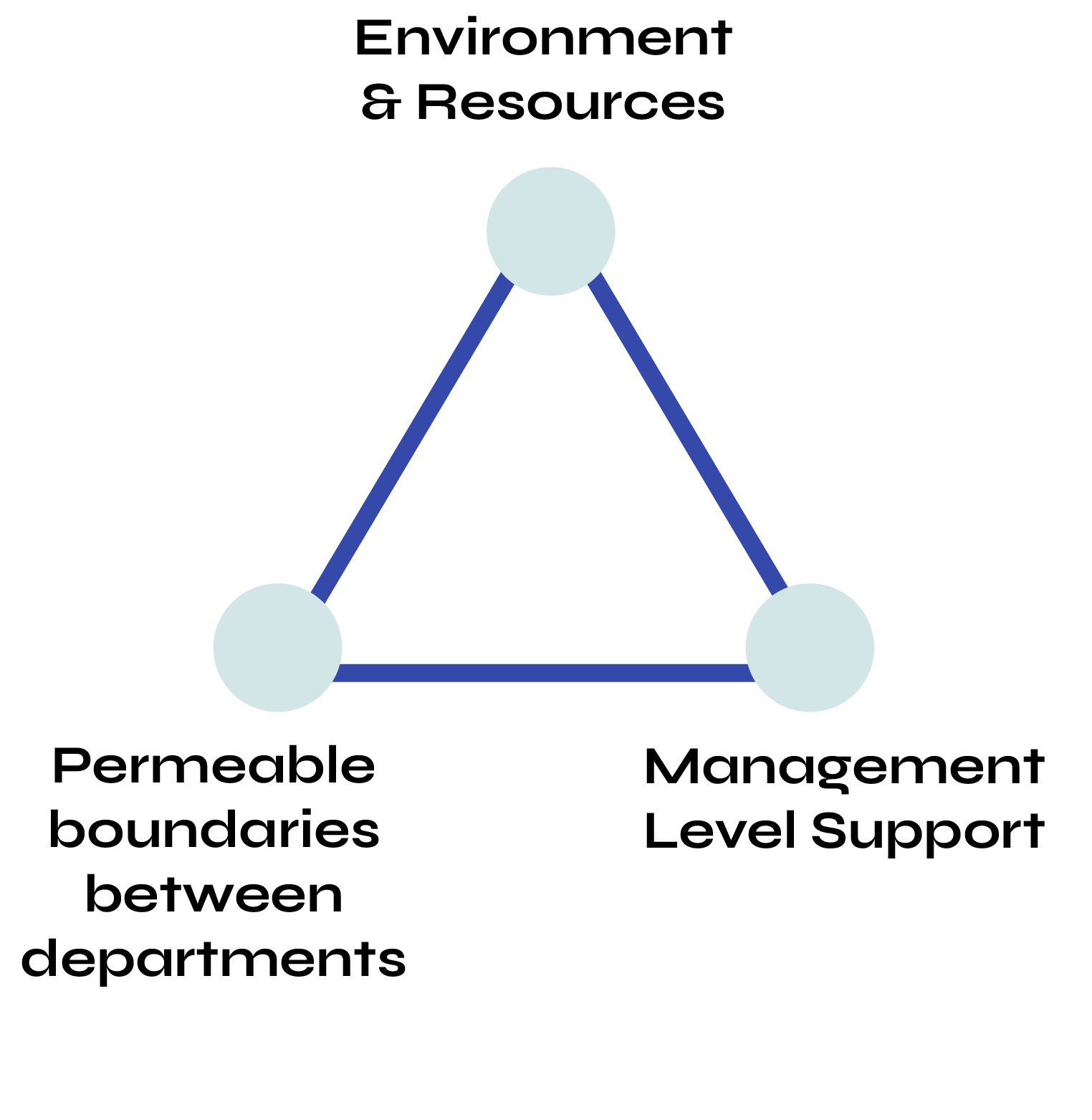
- Permeable Boundaries Between Departments
The potential for collective intelligence is already on the organisation. Still, people need to have the supporting mechanisms to reach, integrate and collaborate between different departments. Design-led processes need the availability of people from different departments, management levels, experiences and views to thrive. Environment & Resources
This item comprises the resources needed to create a supportive environment for a team that aims to include design practices in their workflow. Examples of resources are time, incentives, physical spaces or digital platforms that enable collaboration and creativity to flow. In this project, a collaborative whiteboard was tested. However, there are similar options that can be evaluated.Management Level Support
The previous two points will potentially not show results if those in the management position do not see value in investing in design practices at FAS. People need to feel empowered to experiment in different ways to tackle their challenges, having the security that if it does not work how it was expected, the learning outcomes are also meaningful and valuable for the organisation.
Conclusion
Hands-on experience on design practices contributed to the Public Policy team to view their work from a different perspective.
Creating artefacts and interactive meetings contributed to a positive work experience; a non-linear project approach revealed to be more adaptable than traditional FAS project planning; making ideas tangible invited and engaged more people in the organistion; qualitative design methods showed FAS the opportunity to create projects from the bottom-up.
Design practice is also about finding ways to engage, motivate and trigger critical questions.
Designers do not hold the solutions for complex problems, but rather can be enablers of bringing people to envision a more inclusive future.
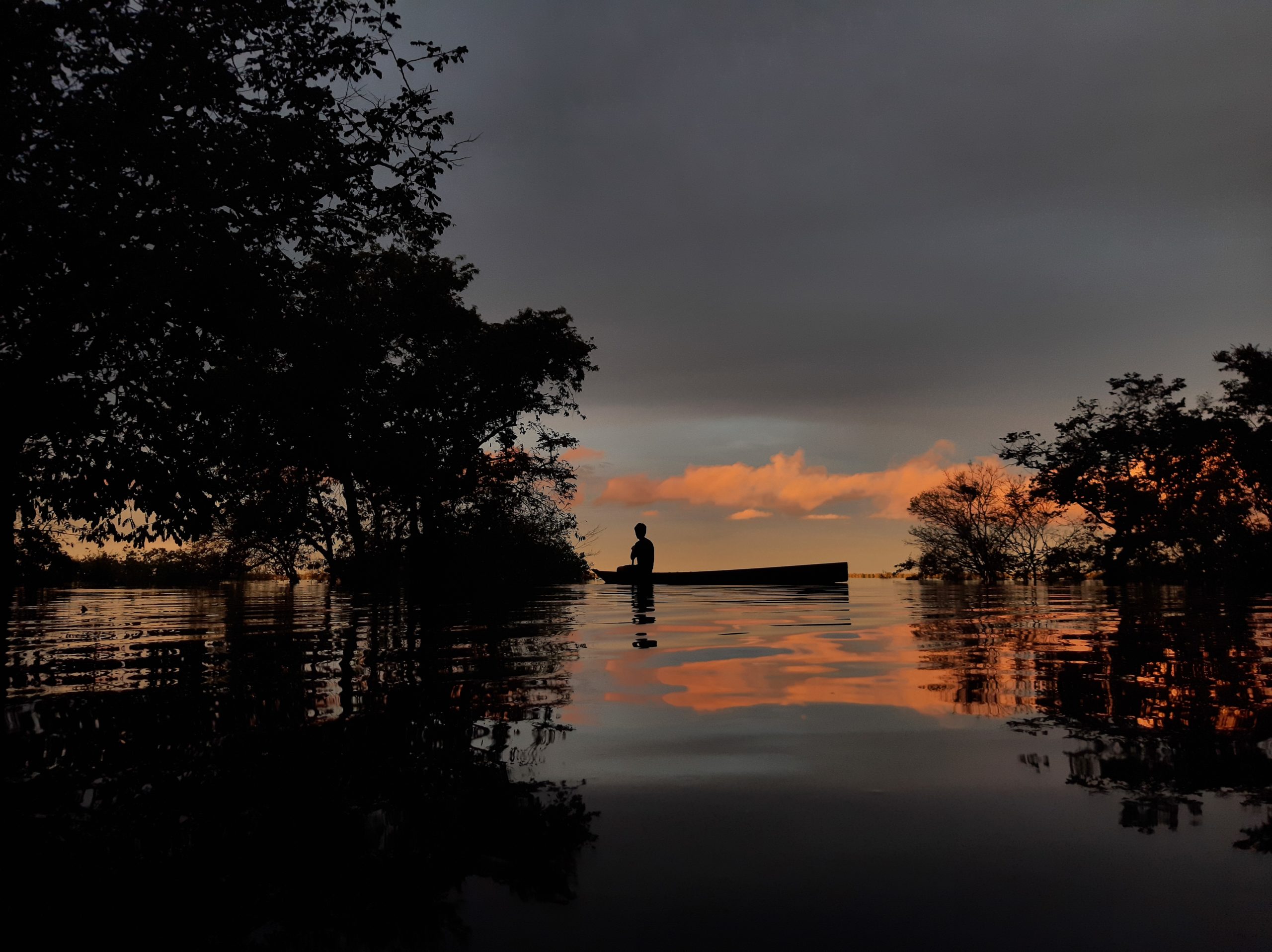
Photo by Odenilze Ramos
“We feel as if we are loose in a cosmos empty of meaning and unaccountable for an ethics that can be shared, but we feel the weight of that choice on our lives. We are alerted all the time to the consequences of these recent choices that we have made. And if we can pay attention to any vision that escapes this blindness that we are experiencing all over the world, perhaps it can open our minds to some cooperation between peoples, not to save others, but to save ourselves.”
- Ailton Krenak (2020)
Having the opportunity to work (even from a distance) with the issues surrounding the conservation of the Amazon rainforest has made a profound impact on me. The turbulence that the Western way of living caused in the environment and the complexity that shifting towards a more sustainable way of living demands, have guided my curiosity during this thesis.